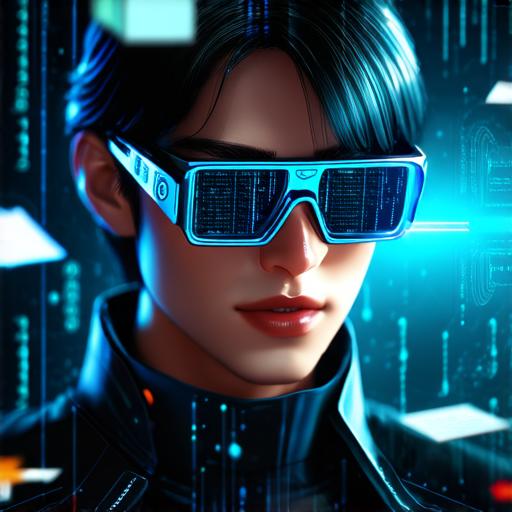
Exploring the Best Frameworks for Augmented Reality Development
- 0
Augmented Reality (AR) Technology
Augmented reality (AR) technology is rapidly transforming the way we interact with the world around us. From gaming to education, AR is changing the way we learn, play, and work.
As the demand for AR applications continues to grow, developers are turning to frameworks that make it easier to create and deploy these applications.
1. ARKit
ARKit is Apple’s AR development framework. It was first introduced with the release of iOS 9 in 2015 and has since become one of the most popular AR development frameworks available.
ARKit allows developers to create AR experiences for iOS devices, including iPhones, iPads, and iPod touches.
One of the key features of ARKit is its ease of use. It comes with a set of pre-built tools and APIs that make it easy to create AR applications without having to write a lot of code.
In addition, ARKit has a powerful tracking system that allows for accurate object recognition and tracking in real-time.
ARKit also has support for 3D graphics and animations, making it easy to create immersive experiences that engage users. However, one of the limitations of ARKit is its limited support for Android devices. If you need to target an Android audience as well, you will need to consider using a different framework.
2. Unity AR Foundation
Unity AR Foundation is a cross-platform AR development framework created by Unity Technologies. It allows developers to create AR experiences that can run on both iOS and Android devices.
Unity AR Foundation comes with a set of pre-built tools and APIs, making it easy to create AR applications without having to write a lot of code.
One of the key features of Unity AR Foundation is its support for 3D graphics and animations. This allows developers to create highly immersive experiences that engage users.
In addition, Unity AR Foundation has support for both device-based and marker-based tracking, making it easy to create experiences that work on a wide range of devices and environments.
Another advantage of Unity AR Foundation is its ability to integrate with other Unity tools and plugins. This makes it easy to extend the functionality of your AR application and add new features without having to write a lot of code.
However, one of the limitations of Unity AR Foundation is its high memory usage, which can be a problem on less powerful devices.
3. Vuforia
Vuforia is an open-source AR development framework created by Qualcomm. It allows developers to create AR experiences that can run on both iOS and Android devices.
Vuforia has been around for several years and has a large community of developers who contribute to its development.
One of the key features of Vuforia is its support for 3D graphics and animations, making it easy to create highly immersive experiences that engage users.
In addition, Vuforia has support for both device-based and marker-based tracking, making it easy to create experiences that work on a wide range of devices and environments.
Another advantage of Vuforia is its ability to integrate with other tools and platforms. This makes it easy to extend the functionality of your AR application and add new features without having to write a lot of code.
However, one of the limitations of Vuforia is its complex configuration process, which can be difficult for beginners.
4. Wikitude
Wikitude is an AR development framework created by Junaio. It allows developers to create AR experiences that can run on both iOS and Android devices.


